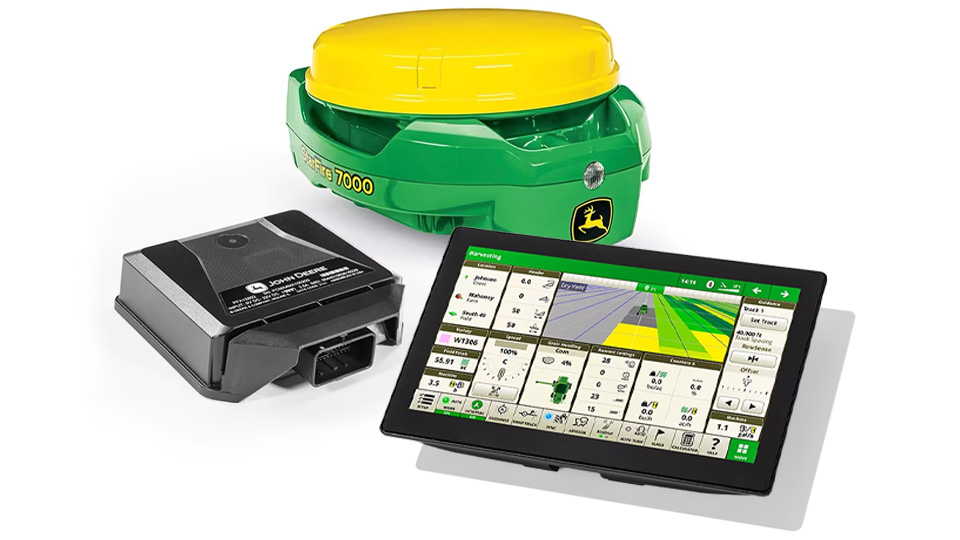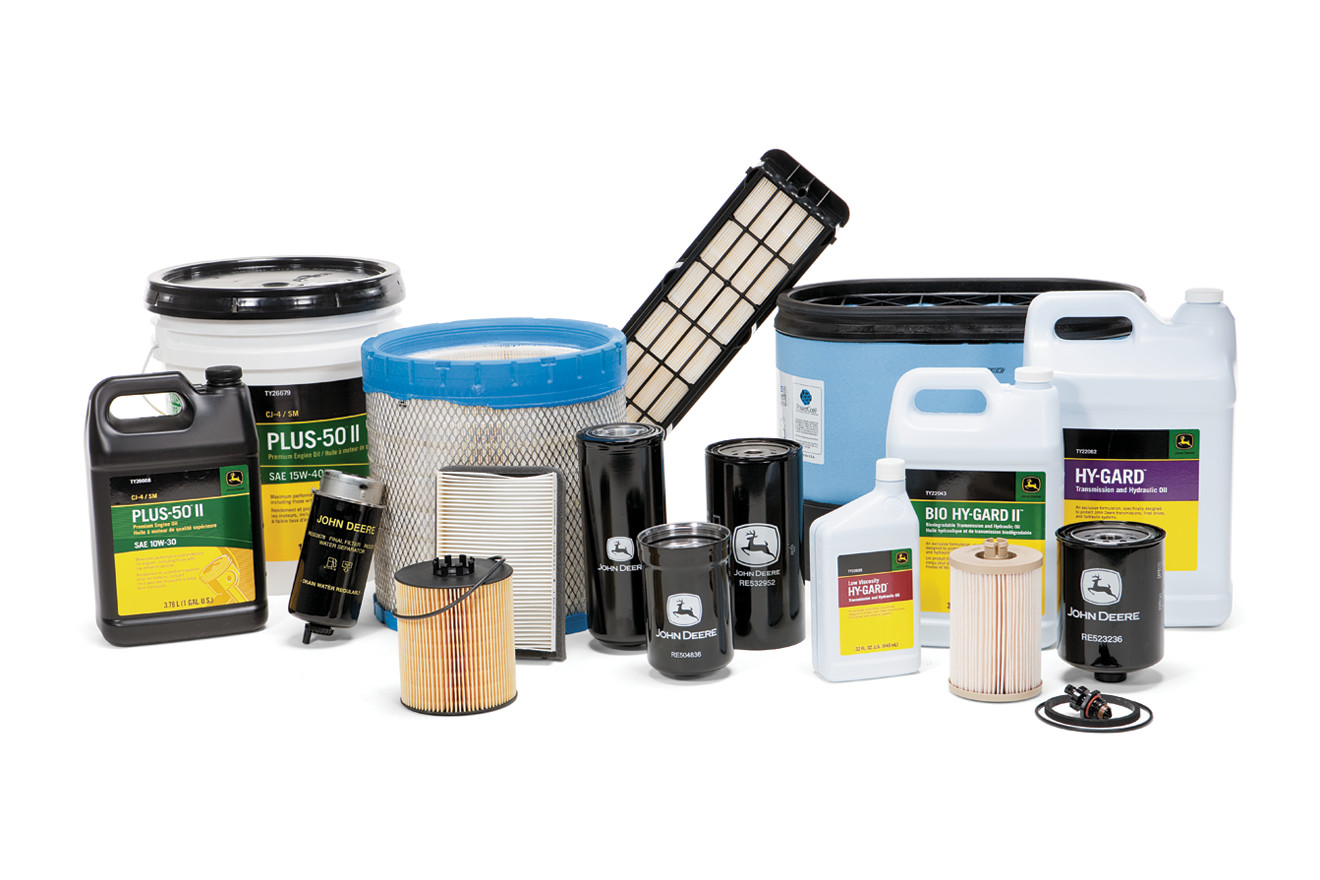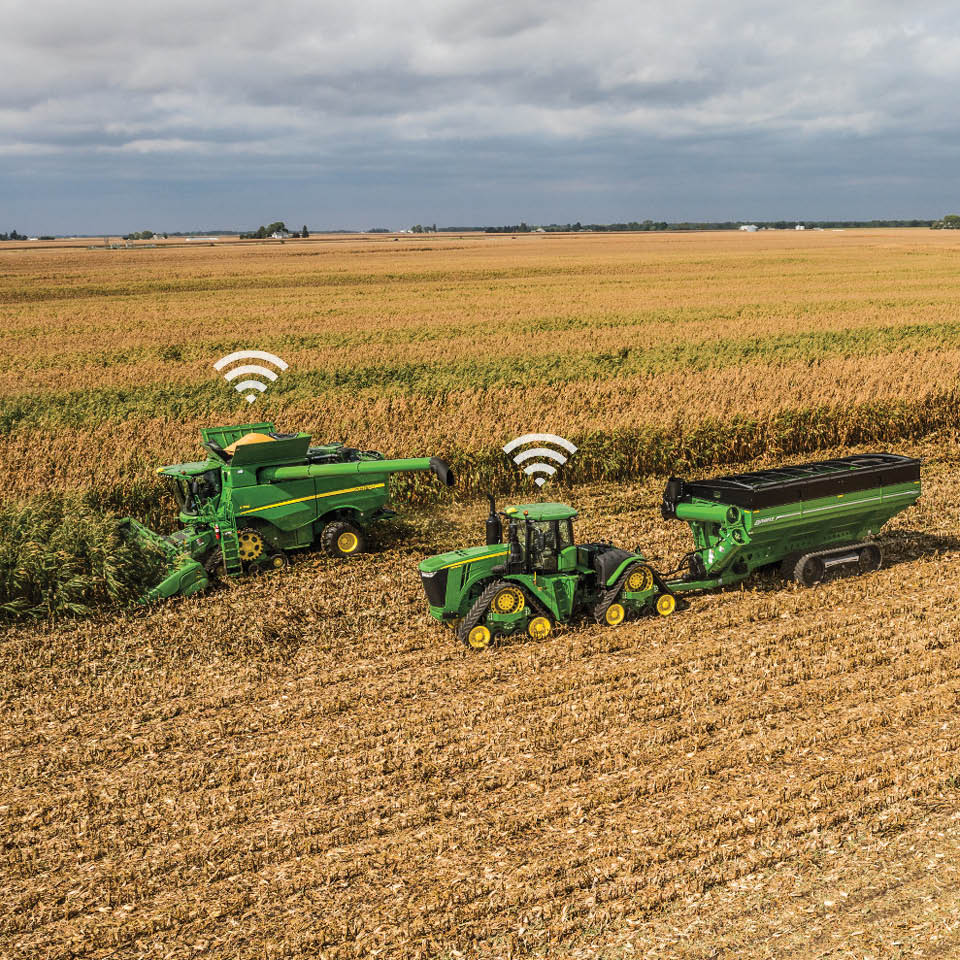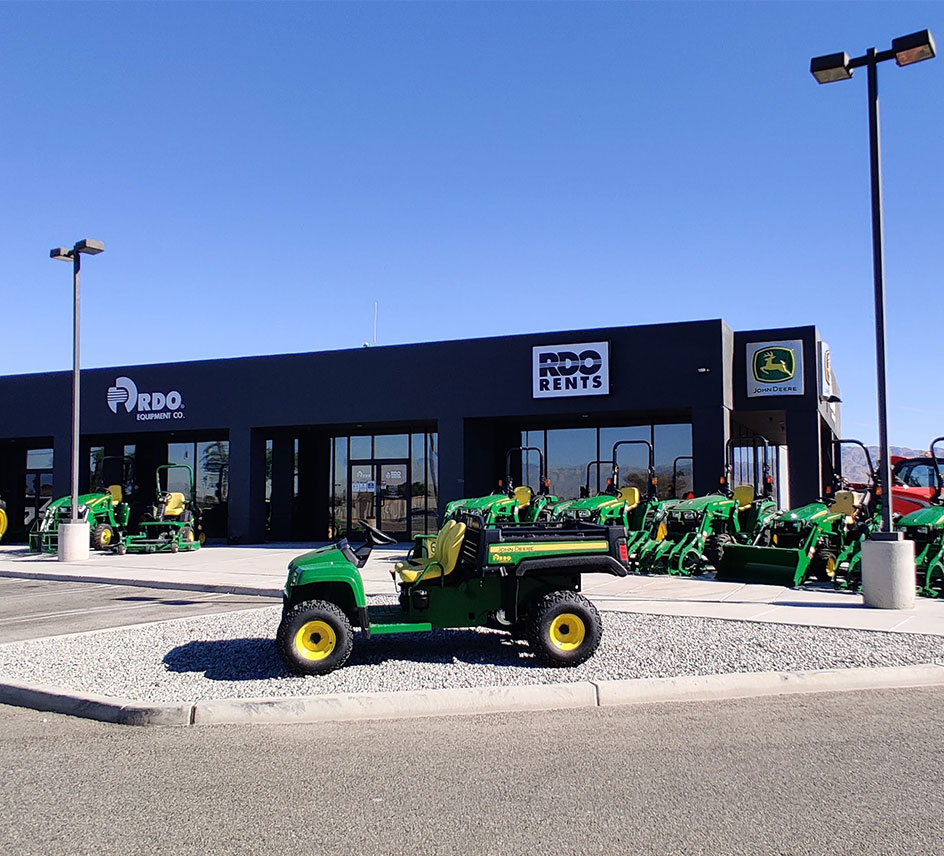
RDO Equipment Co. has the largest selection of used John Deere farm and agriculture equipment.
Whether you need a specialized machine for a one-time project or you need to add another piece of equipment on-site when you have a job to do, RDO Equipment has the rental equipment you need.
.jpg?sfvrsn=849bb9cd_0)



When you buy the best, you expect the best. Let us help you protect your investment with the RDO Promise.
Our state-of-the-art facilities come with a team ready to tackle whatever challenge comes your way. We're committed to your success — at RDO, we're always ready.
